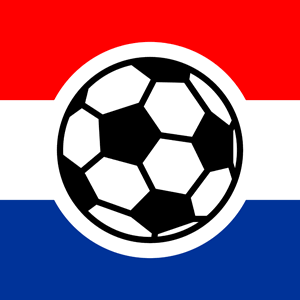
Stereotypes dominate football. For supporters who have no love of the English, England will always be known as a long-ball team, for example. Brazil will always be considered a team with real attacking intent, who sometimes sacrifice victory for entertainment.
The Germans, on the other hand, will always put organisation above all-else, with players sacrificing the self for the good of the team. The Dutch, meanwhile, will always be remembered for two words: Total Football.
It was a style of play introduced to the world by Feyenoord and Ajax in the 1970s, with the mantel then taken up by the Dutch national coach at the time, Rinus Michels.
It was a way of playing football that essentially revolutionised the game and led the captain of the Brazil team that won the FIFA World Cup final in 1970 to say, “The only team I’ve seen that did things differently was Holland… Since then everything looks more or less the same to me…. Their ‘carousel’ style of play was amazing to watch and marvellous for the game”.
Introduction to Dutch Football
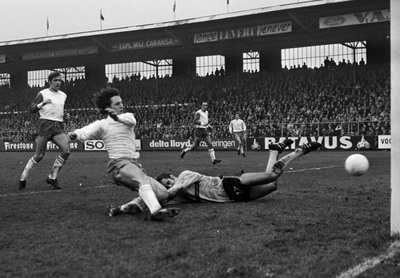 Domestically, football in the Netherlands has produced a few well-known names, too. The top-flight, the Eredivisie, features eighteen clubs every season. Historically Ajax are the most successful of these and PSV Eindhoven aren’t far off. Feyenoord are another side that have won the competition more than once. Despite the Royal Dutch Football Association, the KNVB, being formed in 1889 the sport only turned professional in the Netherlands in 1954. Since then the top-flight has been won by a total of twenty-nine different teams.
Domestically, football in the Netherlands has produced a few well-known names, too. The top-flight, the Eredivisie, features eighteen clubs every season. Historically Ajax are the most successful of these and PSV Eindhoven aren’t far off. Feyenoord are another side that have won the competition more than once. Despite the Royal Dutch Football Association, the KNVB, being formed in 1889 the sport only turned professional in the Netherlands in 1954. Since then the top-flight has been won by a total of twenty-nine different teams.
On the European front the Dutch haven’t been too sloppy either. The European Cup, which is now better known as the Champions League, was first competed in 1955-1956. Feyenoord became the first team from the Netherlands to win it just fourteen years later. Ajax then won it three times in a row from 1971 through to 1973, with national hero Johan Cruyff among their ranks. In total the trophy has made its way to Dutch territories six times and it could have been eight if Ajax hadn’t lost in the final twice. Things are similar in the UEFA Europa League, which used to be called the UEFA Cup, as a team from the Netherlands has won that trophy seven times in total.
Here we’ll tell you all about the types of stadiums on offer in the Netherlands as well as give you some more information about the Dutch national team. We’ll explain how the league system is set-up in the Netherlands and inform you all about how football made its way over to the home of dykes, windmills, and clogs in the first place.
Dutch Stadiums
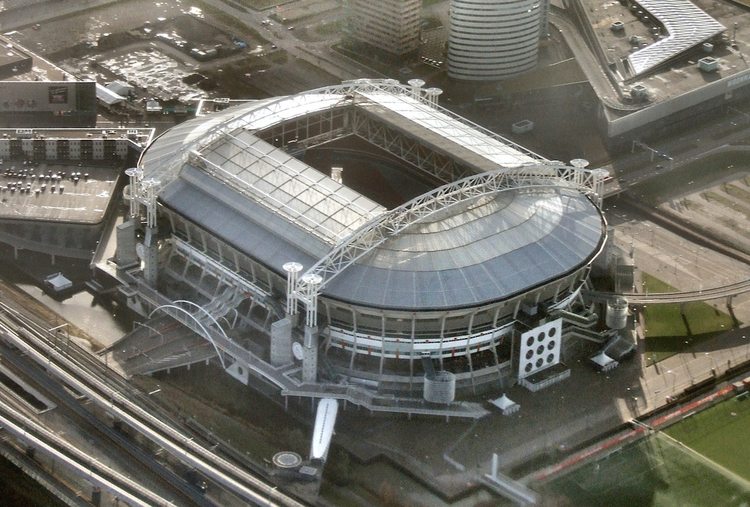
Football is the most popular sport in Holland by some distance, though the stadiums don’t necessarily reflect that fact. The largest stadium in the entire country is the Amsterdam Arena, now known as the Johan Cruyff arena, which is capable of welcoming over 50,000 supporters into its bosom. De Kulp in Rotterdam is of a similar size and the next largest, Philips Stadion in Eindhoven, then drops to a little over 35,000.
As is often the case with stadiums around Europe, there are only a finite number of particularly large grounds before the capacities start to drop to nearer the 10,000 mark. In fact, there are more stadiums with capacities of below 10,000 in Holland than above. The grounds tend to be a pleasant mix of state-of-the-art stadiums with amazing facilities and small, open but friendly grounds built in the ‘English Style’ of having a stand on each side of the pitch.
Dutch Leagues
 The league system in the Netherlands is large and sprawling. There are two fully professional leagues that we’re most interested in, then one semi-professional and seven different amateur leagues. The amateur leagues are then split into countless groups depending on their geographical location within the Netherlands, meaning that teams don’t have to spend vast amounts of money travelling around the country in order to play their weekly matches.
The league system in the Netherlands is large and sprawling. There are two fully professional leagues that we’re most interested in, then one semi-professional and seven different amateur leagues. The amateur leagues are then split into countless groups depending on their geographical location within the Netherlands, meaning that teams don’t have to spend vast amounts of money travelling around the country in order to play their weekly matches.
Technically all of the different leagues are interconnected and teams can move between them through a system of promotion and relegation. In practice, however, teams must present a business plan to the KNVB proving that they’re financially ready if they gain promotion to the Eerste Divisie, the second-tier league. Clubs must also meet a number of conditions in order to be considered for promotion. Eighteen clubs play in the Eredivisie, twenty play in the Eerste and eighteen play in the Tweede Divisie.
Netherlands National Team
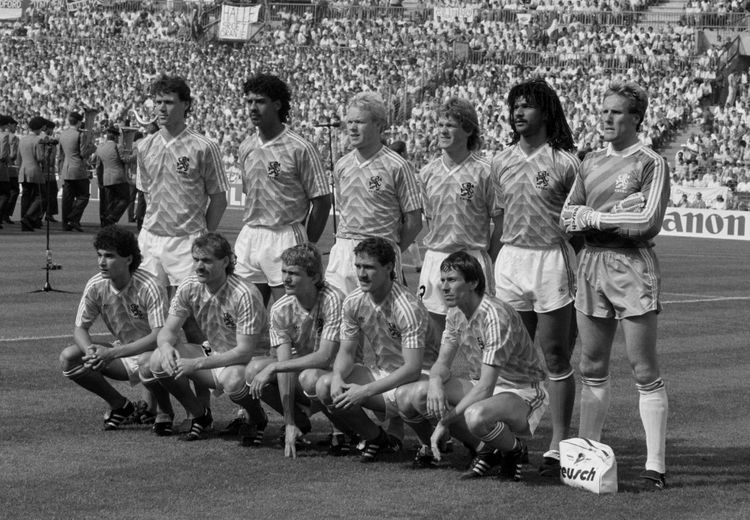
The history of the Dutch football team began in 1905 when the Netherlands went head-to-head with the Belgian side in Antwerp. The game finished 1-1 in normal time before Holland scored three goals in extra time to win 4-1. It was something of a precursor to how life would go for the Netherlands in international tournaments, doing well but never quite doing well enough. The Dutch hold the record for taking part in the most World Cup finals without actually ever winning the competition; they have been in three different finals but lost them all.
The Netherlands have done a touch better in the UEFA European championships. They have appeared in the final of that competition just once, but they did win it. Having beaten what was then West Germany 2-1 in the semi-final they then faced the Soviet Union in the final and ran out 2-0 winners, thanks to goals from Ruud Gullit and Marco van Basten. Over the years the Netherlands have fielded some of the best footballers of all time. Names like Frank Rijkaard, Dennis Bergkamp and Ronald Koeman are well-known throughout the world, though none of them compare to central cog of the Dutch ‘Total Football’ team, Johan Cruyff.
Key Stats
| Netherlands National Team Statistics | |
|---|---|
| Year Formed | 1905 |
| Home Stadium | Amsterdam Arena |
| Stadium Capacity | 53,502 |
| Major Honours | European Championships (1988) |
| Current Manager | Frank de Boer |
| Top Scorer | Robin van Persie (50) |
| Most Caps | Wesley Sneijder (134) |
| Best Performance at World Cup | Final (1974, 1978, 2010) |
| Best Performance at European Championships | Winners (1988) |
| Kit Colours | Orange and Blue (Home), Blue (Away) |
History Of Football In the Netherlands
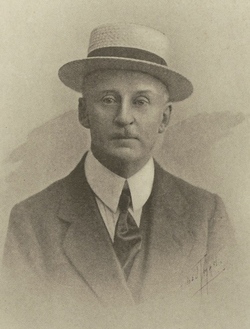 A man by the name of Pim Mulier is largely responsible for the introduction of football to the Netherlands. In fact, he is one of the most famous names in all of Dutch sport as it wasn’t just football that the brought to Holland. In 1884 he established the country’s first tennis club and he was also the first person to organise an athletics competition. If that wasn’t enough he’s famed with bringing both cricket and hockey to the Netherlands. All of that was after he founded Haarlemsche Football Club in 1879 when he was, incredibly, just fourteen years of age.
A man by the name of Pim Mulier is largely responsible for the introduction of football to the Netherlands. In fact, he is one of the most famous names in all of Dutch sport as it wasn’t just football that the brought to Holland. In 1884 he established the country’s first tennis club and he was also the first person to organise an athletics competition. If that wasn’t enough he’s famed with bringing both cricket and hockey to the Netherlands. All of that was after he founded Haarlemsche Football Club in 1879 when he was, incredibly, just fourteen years of age.
It took some time for football to become popular, however, and it wasn’t until 19000 that Ajax was formed. Feyenoord was founded eight years later and Philips Sport Vereniging Eindhoven came five years after that.
The KNVB was formed on the 8th of December 1889 and was instrumental in the setting up of football’s governing body, FIFA. Along with FAs from France, Denmark, Spain, Belgium Switzerland and Sweden, the KNVB helped to establish the way that FIFA would work and how international football would be governed around the world.
The Dutch FA was originally called the Nederlandschen Voetbal- en Athletischen Bond, or NVAB, but it was granted Royal decree in 1929 meaning that it became the Koninklijke Nederlandse Voetbalbond, or Royal Dutch Football Association.
